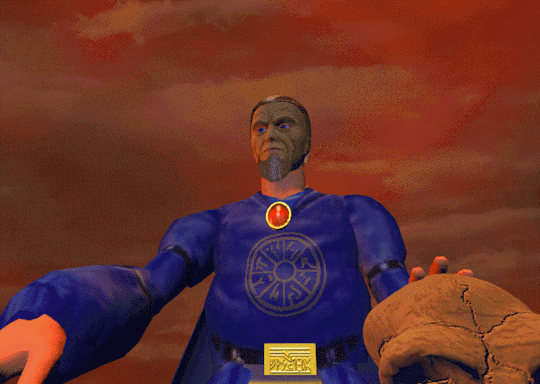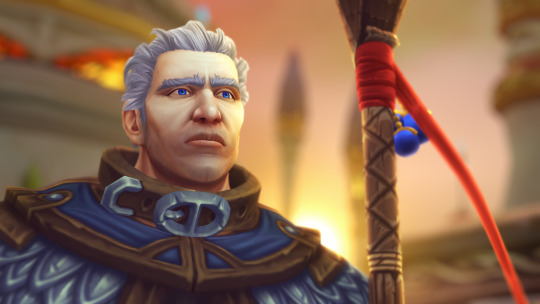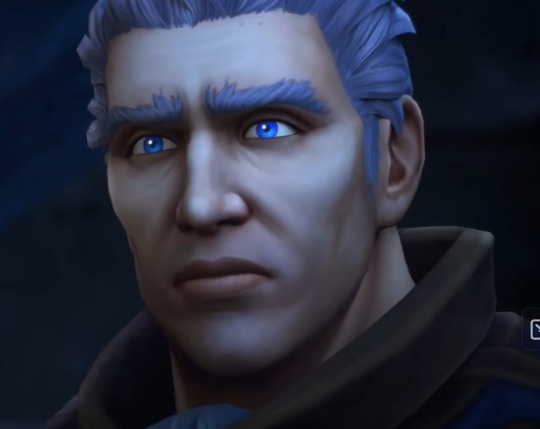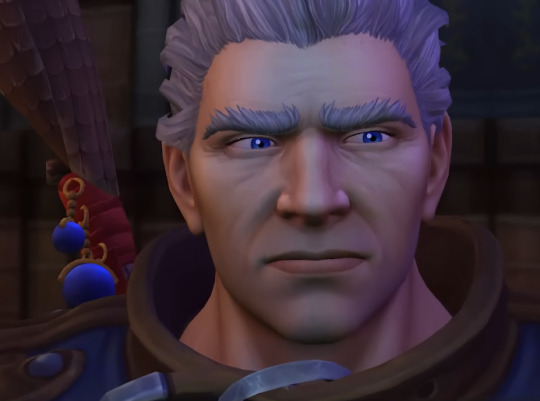#or maybe it's just the perspective/depth of field. camera shit
Explore tagged Tumblr posts
Text






Choose your Khadgar
#warcraft#khadgar#i kinda like his tbc look but i think that's just the nostalgia speaking lol#he's had a few subtle model changes since WoD. and they have made him look better every time#he has *eyelashes* now. like my god the art team is incredible#they knock it out of the park every goddamn time#it does look like he has a smaller head tho. i saw someone point that out#or maybe it's just the perspective/depth of field. camera shit#ive been putting off postin this out of embarrassment but i dont care anymore#i am bored online and have been focusing on m+ lately#i miss posting about my faves on tumblr like this... used to be an everyday thing#or every week thing. now it's a rarity lol#also yeah that first pic is of khadgar in warcraft ii i think LMFAO#crazy how he actually looks sorta similar to how he looks now#crazy how much technology has changed since then... since before i was even born
68 notes
·
View notes